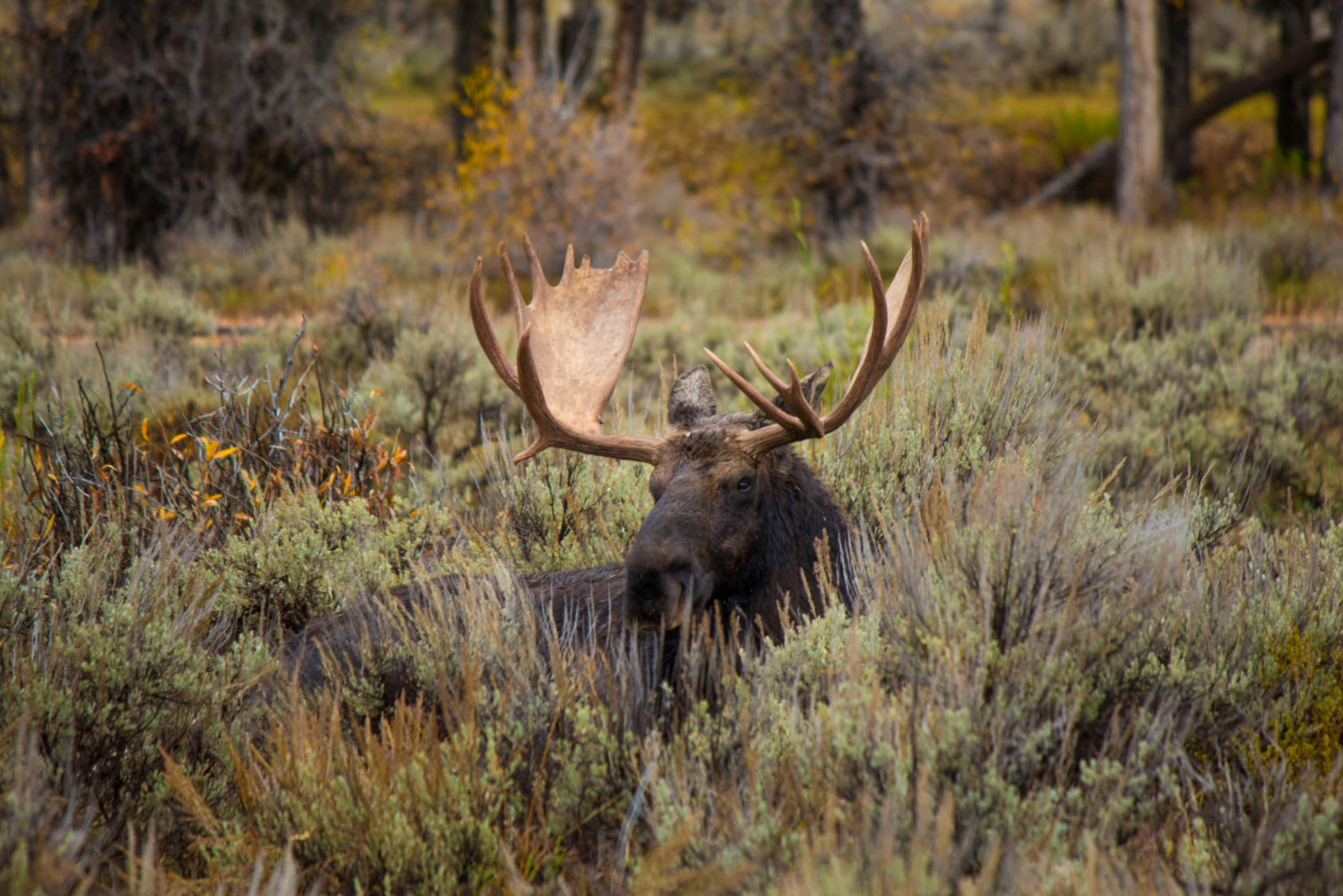Conservation in Action: How Zoos Are Saving Endangered Species
In an age of rapid environmental change, habitat loss, and biodiversity decline, zoos have evolved to become critical players in the fight to save endangered species. Today, modern zoos are far more than places to view animals; they are conservation hubs actively working to preserve wildlife and safeguard the future of countless species.
Breeding Programs for Endangered Species
One of the most impactful conservation efforts by zoos is their involvement in breeding programs for endangered species. These programs focus on creating genetically diverse populations in captivity, providing a safe space for animals whose wild populations are at risk. Zoos around the world collaborate through breeding programs for species such as the Amur leopard, Sumatran orangutan, and black rhino. With carefully planned pairings, scientists maximize genetic diversity, ensuring the health and resilience of future generations. In some cases, animals bred in zoos are reintroduced into the wild, helping restore endangered populations in their natural habitats.
Protecting Genetic Diversity and Preventing Extinction
Genetic diversity is essential for any species’ long-term survival, as it strengthens populations against disease and environmental changes. Zoos act as "gene banks" for endangered animals, preserving valuable genetic material that might otherwise be lost forever. With advanced reproductive techniques, such as artificial insemination and embryo transfer, zoos are able to maintain healthy, diverse populations and sometimes even "rescue" species on the brink of extinction.
Conservation Partnerships and Reintroduction Programs
Zoos also partner with wildlife organizations, government agencies, and local communities in conservation efforts beyond their walls. For example, they support anti-poaching initiatives, habitat restoration, and legal protections for animals. In reintroduction programs, zoo-born animals are gradually reintroduced to the wild, with careful monitoring to ensure they can adapt. Zoos have seen success in reintroducing species like the Arabian oryx and the California condor, helping to restore these animals to their native ecosystems.
Zoos have become vital players in global conservation, protecting endangered species and supporting the delicate balance of ecosystems. By preserving genetic diversity, breeding threatened species, and educating the public, zoos are essential to our fight against extinction. As conservation hubs, they serve as beacons of hope, reminding us that with concerted effort, we can protect and restore the richness of life on our planet.
